木曜日, 9月 2nd, 2010...12:57 PM
Wagashi,Japanese Sweets “Ichigetsu”
Reading time: About 4 minutes
Wagashi,Japanese Sweets “Ichigetsu”・What is wagashi?
Wagashi is Japanese sweets made by a traditional process, and it is distinguished from European sweets which came into Japan after the Meiji period. It is made almost entirely of plant originated ingredients, using minimal amount of oils. Its main ingredients consist of red beans, flour, rice, arrowroot (kuzu), sugar, and syrup. Wagashi sweets made of these which are relatively low in calorie and high in nutrients are given credit in the recent years.
These sweets also express the four seasons of the year. Different ingredients are used for each season, allowing us to taste and feel them through all five senses. We are able to enjoy its beauty with our eyes, taste the sweetness, feel the smooth texture and softness, let the scent of nature enfold us, and listen to the sound as we take a bite into it. It is a Japanese way of valuing the unison with the natural world.
・Wagashi Ichigetsu
From left: Natsugoromo [summer clothes], Hyoutan [gourd], Himawari [sunflower]. They all resemble images of summer.
Nastugoromo: It expresses a womanly figure layered in soft colored cloth. The outside is chewy rice dough (gyu-hi) covering over fine sweetened red bean paste that melts and dissolves away inside the mouth.
Hyoutan: In Japanese homes, dried gourds are used as curtains to block out the sun. This, which only appears during the summer season, adds flavor to the breeze.
Himawari: Known without saying, it is the flower of the summer. Poppy seeds sprinkled onto the sweet red bean paste represent the flower’s seeds and add charm to its appearance.
From left: Kokeshimizu [moss], Houzuki [Japanese lantern], Asagao [morning glory], Amanogawa [Milky Way]
Kokeshimizu: Deep inside a mountain, a rock divides the flowing water into two, dresses itself with furry moss. The clear jelly carefully placed on top seems to be representing the water droplets. The bean paste with a delicate citrus scent is extremely unique. Its softness and aroma is revolutionary to the image of a heavy texture to this kind of wagashi.
Houzuki: The Japanese lantern informs the arrival of summer. In early July, when the heat begins to crawl in, the Houzuki market takes place as a seasonal tradition. It is said that if a person makes a visit for a prayer on this day, “it is equivalent to the effect you would get from praying every day for 4, 6000 days.
Its taste is similar to other sweets made of bean paste besides the Kokeshimiu.
Asagao: It is because of the soft fluffy gyu-hi coating that makes it possible to contain the almost runny paste. The softness is unique to the shop owner who achieved training in Kyoto which valued this texture in sweets.
Amanogawa: The light that sparkles over our head is expressed with this beautiful wagashi. It charms not only our taste buds but also our eyes, allowing us to feel the elegance.
Shop master: “This outer layer will drip down if I just keep it still in my hands. I have to keep my hands dancing to keep them on my hands while I quickly coat it around the bean paste. That’s how you make it really soft.” This is how a wagashi that disappears like magic in our mouths are made. “You don’t have to chew; just let it roll on your tongue and it will dissolve away,” says the master.
Yozora [night sky]: This piece of work is decorated with powdered gold. It imitates the night sky full of stars. The texture of the outer kuzu layer is slightly altered though the making process. We can sense more of airiness in this wagashi.
Mizubeno Hotaru [firefly by the water]: Another dish made using arrowroot jelly. Inside, there are red beans and yellow bean paste. Compared to Yozora, the kuzu is much more jelly-like.
Anzumochi [apricot rice cake]: As soon as I held it, I just knew from the softness that “this is amazingly delicious!” The sour sweet apricot on the inside is juicy and creates a perfect harmony with the outer gyu-hi. Definitely a recommendation.
Interior
Exterior
Ichigetsu
It continues to provide traditional Japanese wagashi ever since it opened over 30 years ago. It would be greatly appreciated if you would enjoy it for your own pleasure rather than for gifts to others.
Adress: Chiba,Funabashi, Nakayama 3-21-10
Hours:10:00-19:00
Related Post
*Wagashi,Japanese Sweets “Ichigetsu” Part2
*Chacha no Ma – Omotesando
*Experiencing Tea Ceremony Class









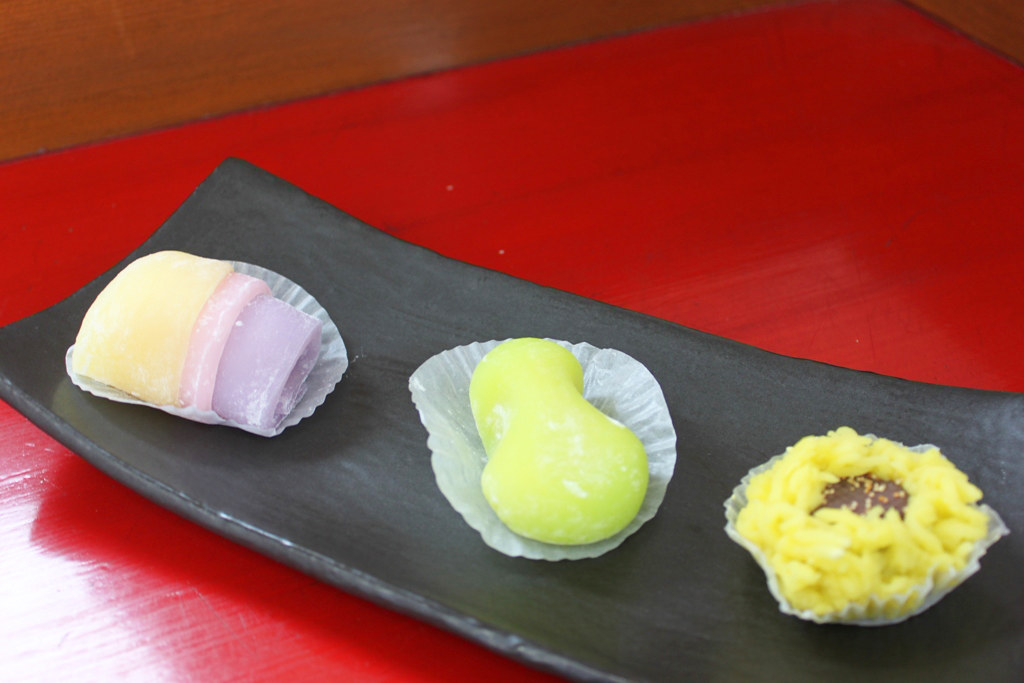
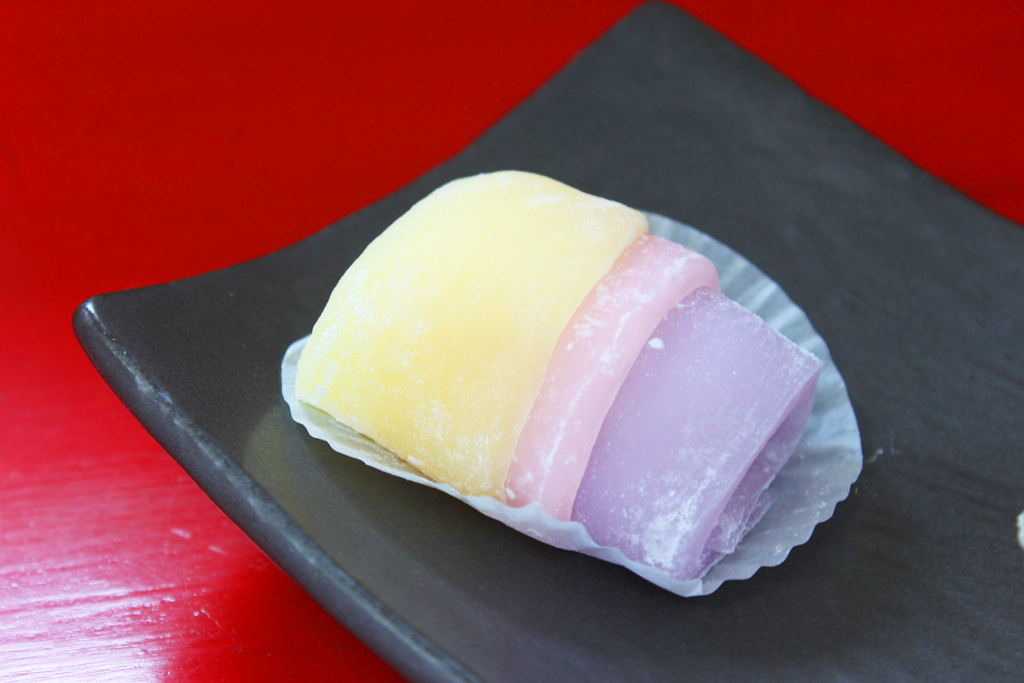

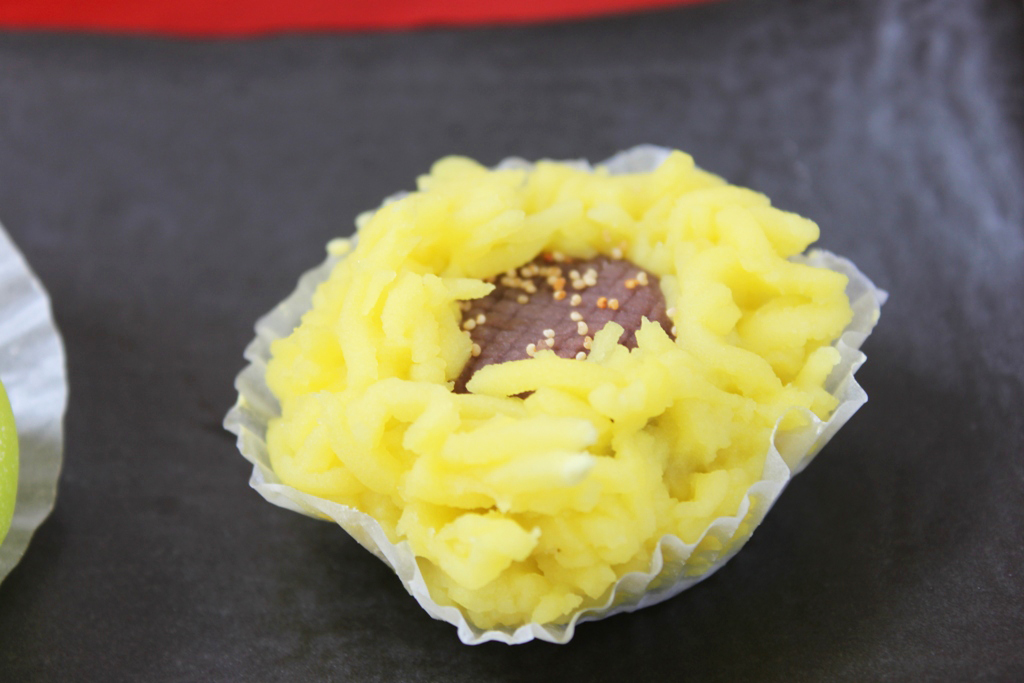
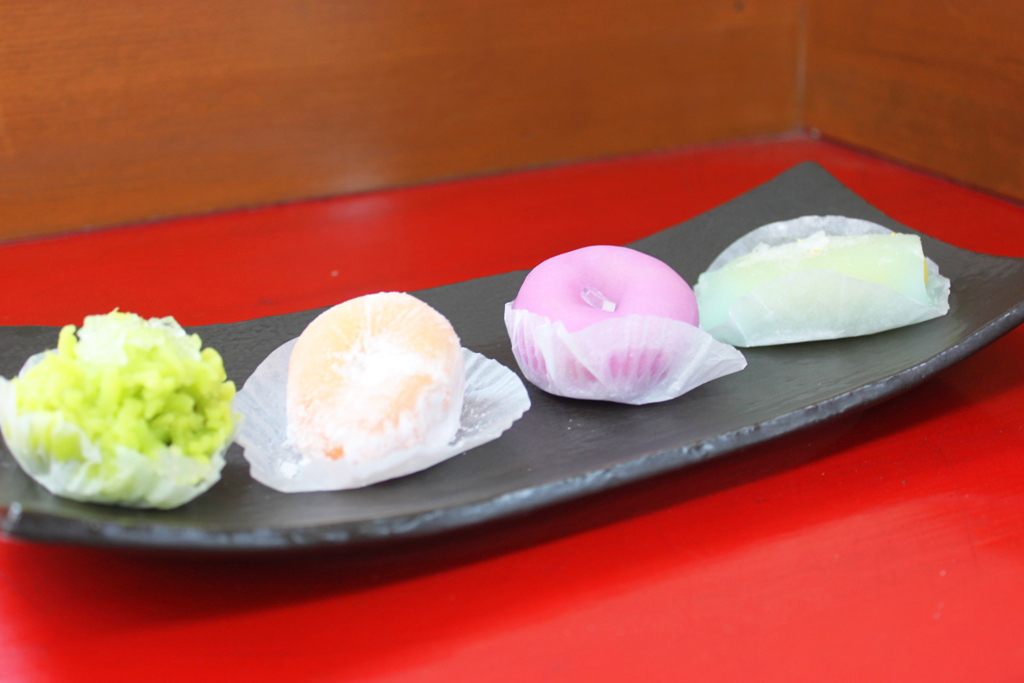
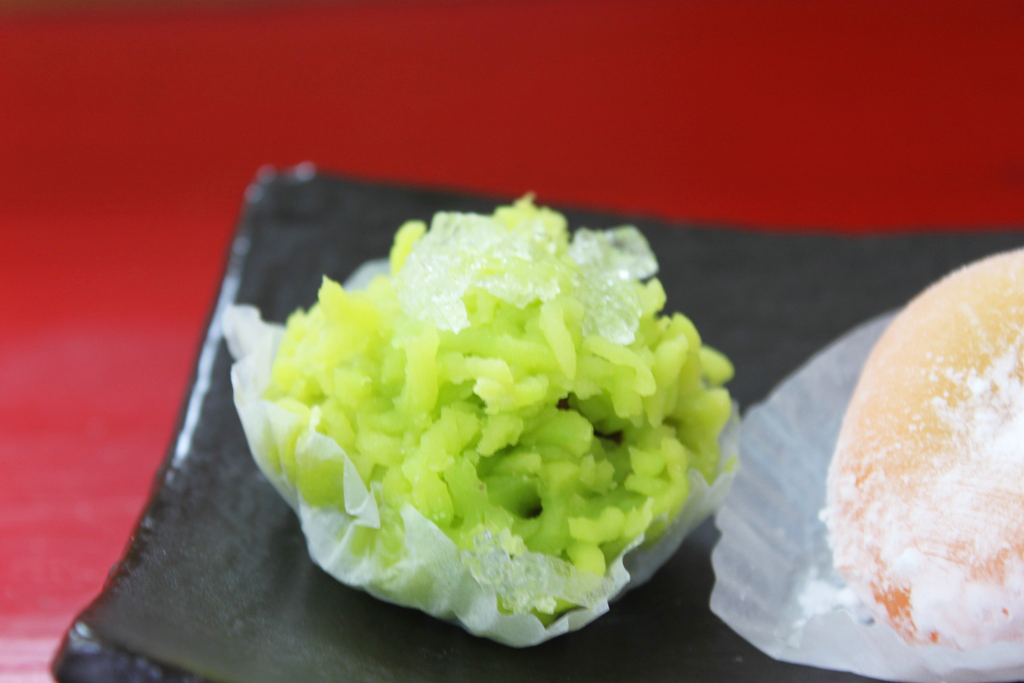
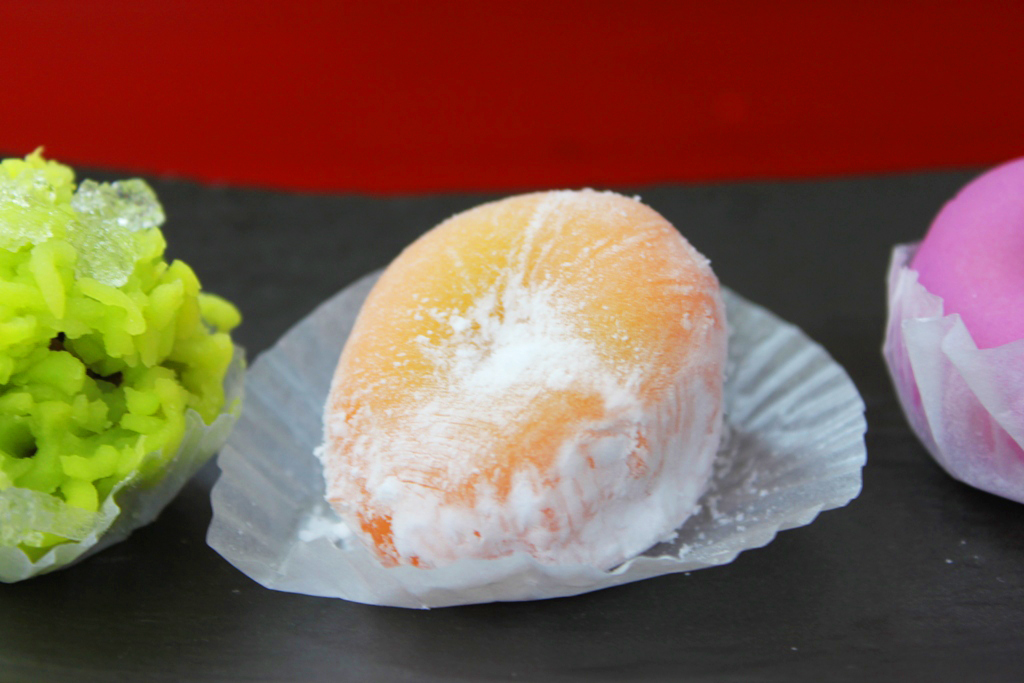


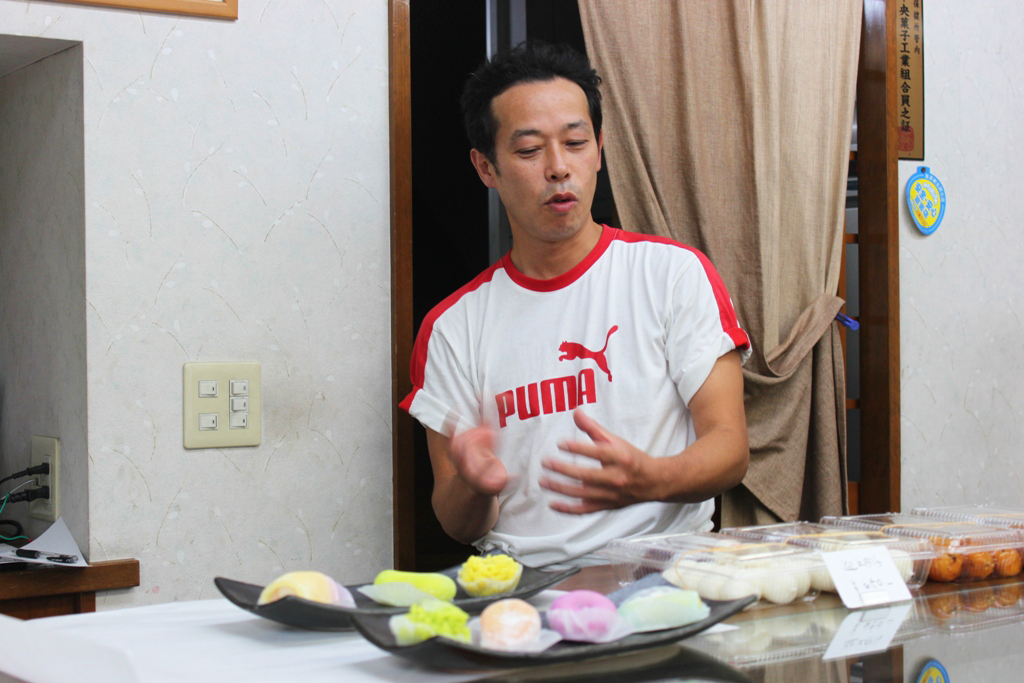

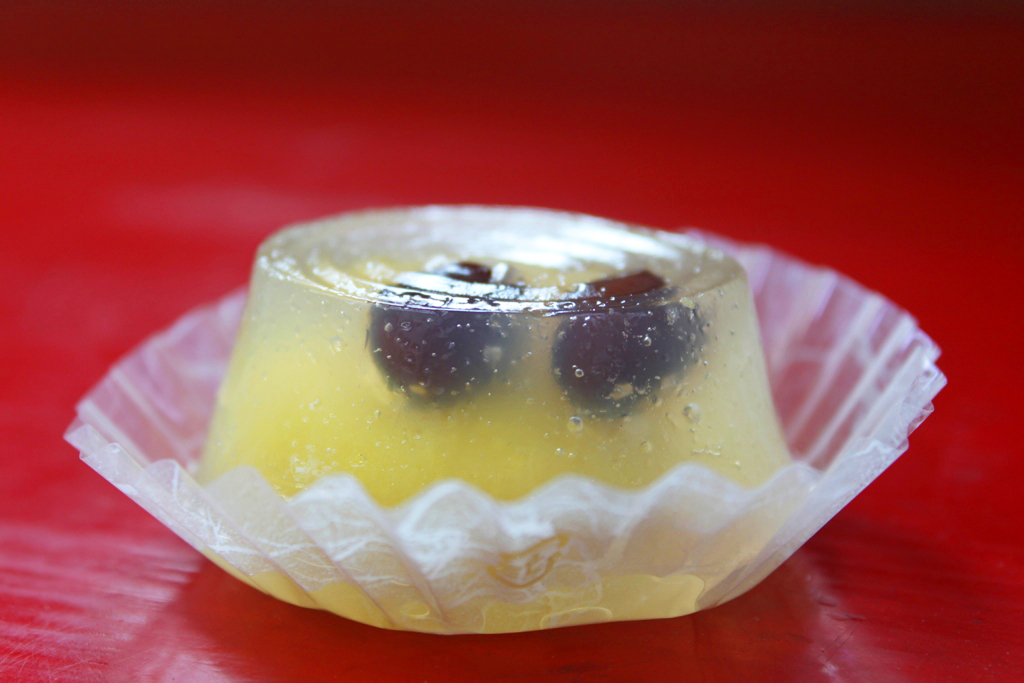
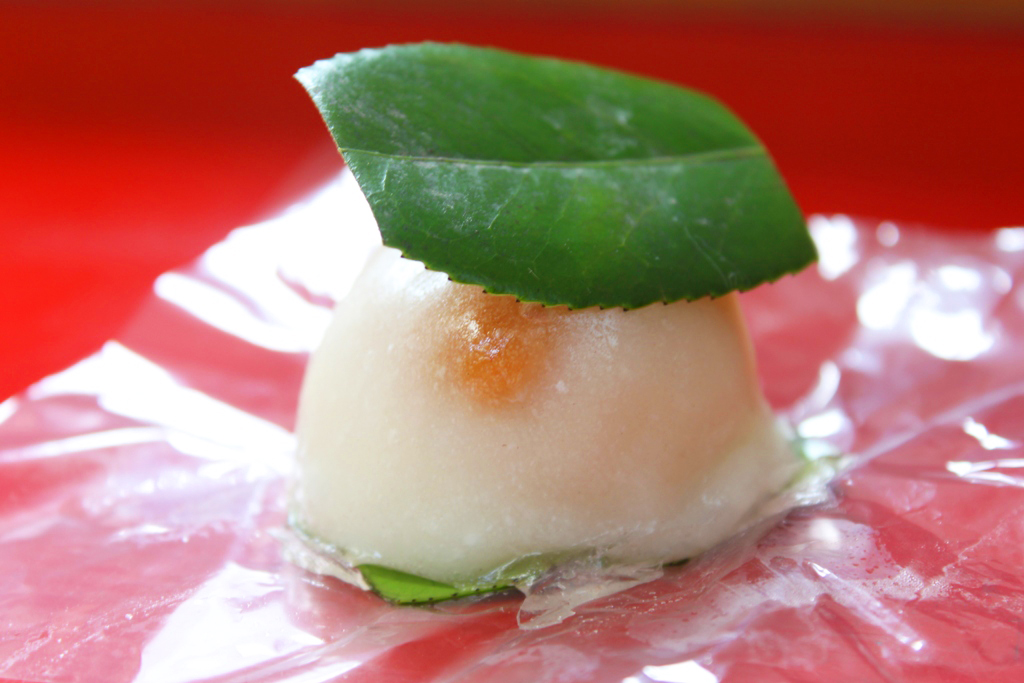
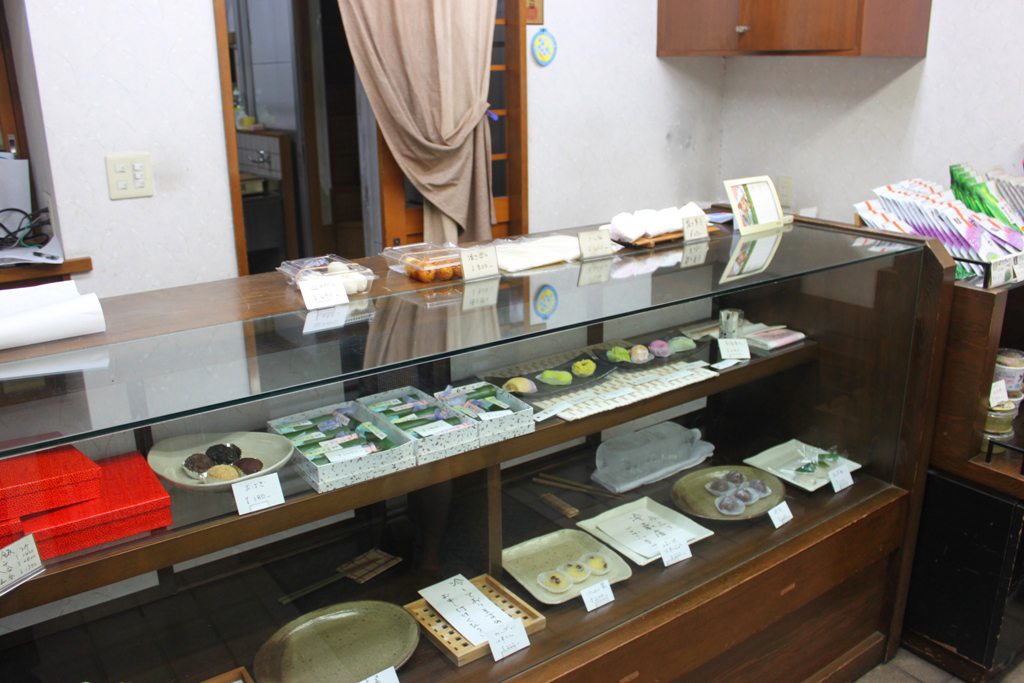
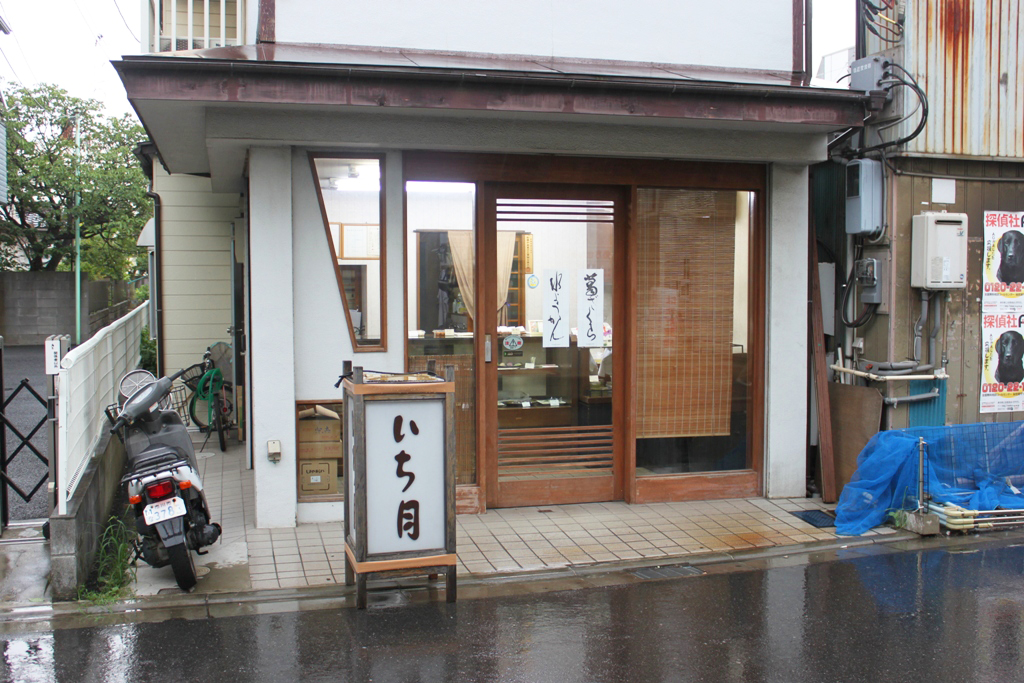











1 Comment
8月 10th, 2011 at 7:15 AM
Everything looks yummy!! ^-^
https://doublejcherrycoke.blogspot.com/
Leave a Reply